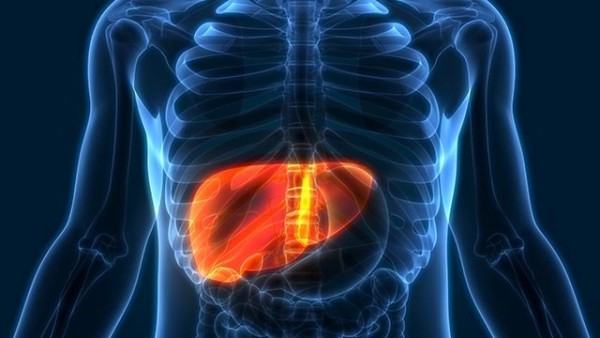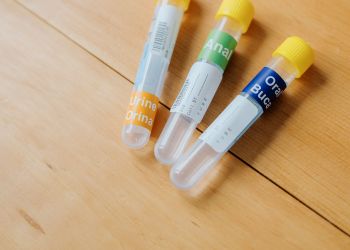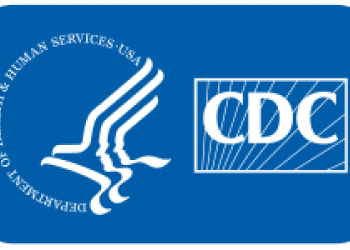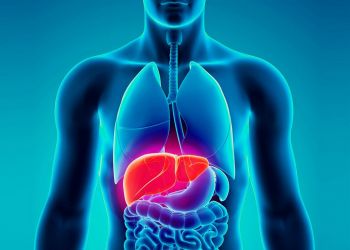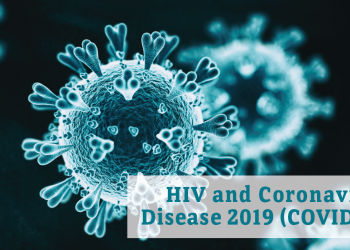Viral hepatitis is a leading public health threat in the United States, contributing to cirrhosis, liver cancer and transplants, and more deaths than any other infectious disease. Local health departments (LHDs) are leaders in the fight against viral hepatitis, engaged in surveillance, prevention, diagnosis, and treatment. In July 2020, NACCHO surveyed its HIV, STI, & Viral Hepatitis Sentinel Network—comprised of 130 LHDs from more than 40 states—to better understand LHD hepatitis programs and services, challenges and opportunities, and the impact of COVID-19 on these critical efforts. In total, 64 LHDs from 29 states responded, for a 49% response rate. The survey revealed that LHDs lead a coordinated response to the syndemic of hepatitis, HIV and other STIs, and substance use at the local level, but limited funding, staffing challenges, and the COVID-19 pandemic impact LHDs’ ability to prevent and ultimately eliminate viral hepatitis. Read on to learn more or check out our new report for the full survey findings.
LHD Hepatitis Services & Activities
LHDs play a critical role in the prevention and control of viral hepatitis. Most Sentinel Network members conduct surveillance for hepatitis A (HAV, 87%), hepatitis B (HBV, 86%), and hepatitis C (HCV, 83%) and more than three-fourths (79%) investigate viral hepatitis cases. Additionally, more than three-fourths (78%) of Sentinel Network members responded to HAV outbreaks in the past year (July 2019 to June 2020).
LHDs are local leaders in the prevention, detection, and treatment of viral hepatitis. Nearly all reported providing HAV and HBV vaccination (97%, 92%) and 43% offer or fund syringe services programs. Most LHDs offer or fund HBV and HCV testing (62%, 88%), linkage to HBV and HCV care (67%, 78%), and one-third (33%) provide or fund HCV treatment. LHDs also promote hepatitis services by conducting outreach and education to the community (88%) and local healthcare providers (76%).
Impact of COVID-19
LHDs are on the frontlines of the COVID-19 pandemic and many hepatitis staff have been pulled from their normal work duties and reassigned to meet the demands of the COVID-19 pandemic. Overall, the survey results indicate that all LHD hepatitis services have been significantly reduced. Prevention and health promotion services have been hardest hit, with provider and community outreach and education activities reduced by more than 80%, and HAV and HBV vaccination reduced by nearly three-fourths. More than half of LHDs reduced case investigation (57%) and HBV and HCV testing (56%, 73%), and surveillance, linkage to care, and treatment services were also notably reduced.
Provision of Hepatitis Services in Priority Settings
LHDs are taking a coordinated approach to address the syndemic of substance use, HIV, STIs, and viral hepatitis. Most (83%) offer hepatitis services in STI clinical services, nearly two-thirds (64%) offer hepatitis services in harm reduction settings, and half (50%) offer hepatitis services in correctional facilities. The most common services offered in STI clinical settings are HCV screening/testing and linkage to care (72% and 63% of all respondents) followed by HAV and HBV vaccination (55%, 56%). Similarly, the most common services offered in harm reduction settings are HCV screening/testing and linkage to care (34% and 39% of all respondents) and HAV and HBV vaccination (34%, 30%).
Funding
Nearly three-fourths (73%) of respondents indicated that funding is a barrier to the provision and scale up of hepatitis services. Most LHDs receive inadequate funding—and often, no funding—for the prevention and control of hepatitis. Consequently, LHDs often leverage immunization funding (reported by 48% of respondents), general health department funding (38%), or HIV program funding (31%) to support hepatitis efforts. Just over half (55%) receive state funding for hepatitis and one-fourth (27%) receive local funding. Additionally, 39% receive federal funding that is passed through the state health department or other state agencies, and 9% receive funding directly from the federal government.
Barriers & Needs
In addition to funding, LHDs reported myriad barriers to the provision and scale up of hepatitis services. The most common barriers are policies that restrict LHDs’ ability to offer syringe services (reported by 31% of respondents) and silos within the health department (22%).
LHDs also had the opportunity to share what they need and what barriers they face, in their own words. The most common responses were funding and staffing—or, as one explained, “funding to support staffing.” Several shared challenges related to HCV treatment, including the cost of treatment, limited access in corrections facilities, and a lack of providers. Others shared how the COVID-19 pandemic exacerbated existing challenges, including that staff were pulled to respond to the COVID-19 pandemic or services had been cut during the pandemic.
Conclusion
LHDs are leaders in the prevention and control of viral hepatitis, conducting surveillance and case investigation, educating providers and their communities, and providing a range of prevention, detection, and treatment services. For more than a decade, LHDs have experienced declining budgets while facing new challenges, from the opioid epidemic to the STI crisis, and now the COVID-19 pandemic. LHDs are taking a coordinated approach to the syndemic of viral hepatitis, HIV, STIs, and substance use, but limited funding and staffing have undermined their ability to scale up the response. As the COVID-19 pandemic has forced LHDs to reduce hepatitis services and activities, communities across the country are likely to see a surge in new cases. If we are to achieve viral hepatitis elimination in the United States, we must ensure that LHDs have adequate resources and support to prepare for and respond to anticipated HAV outbreaks and to scale up existing HBV and HCV services.
Check out the full report to learn more about the survey findings. For more information or to sign up for the Sentinel Network, visit here.
